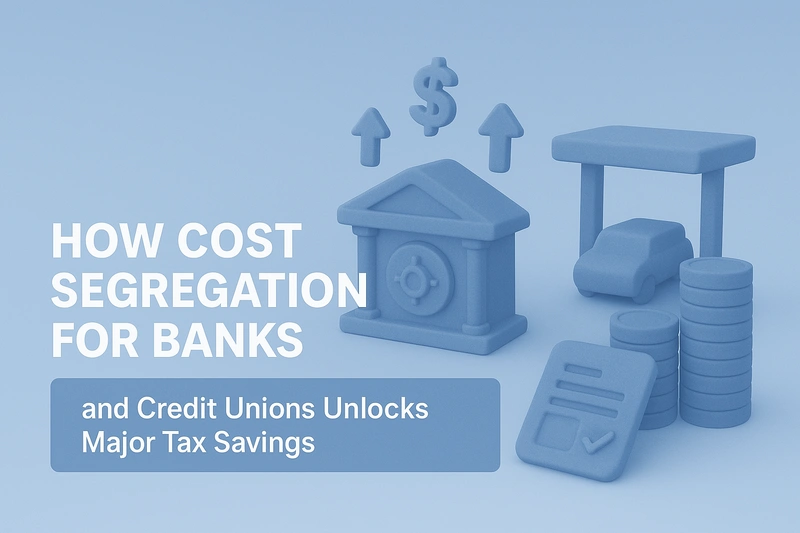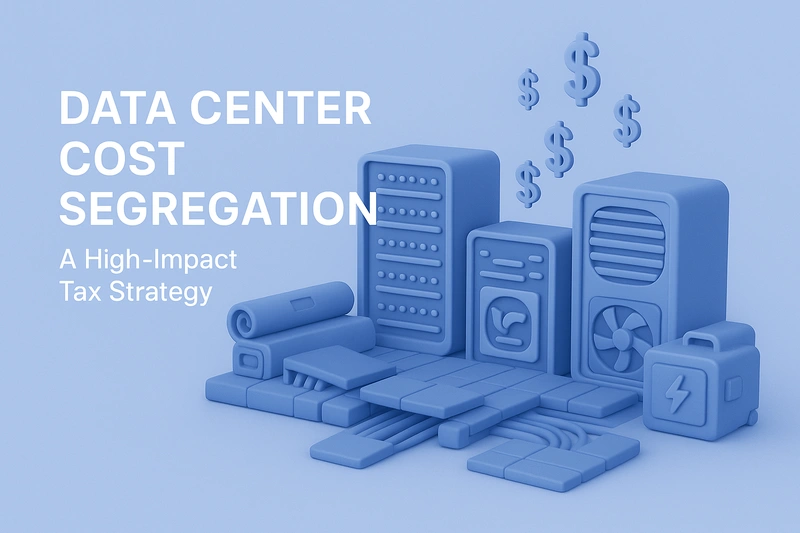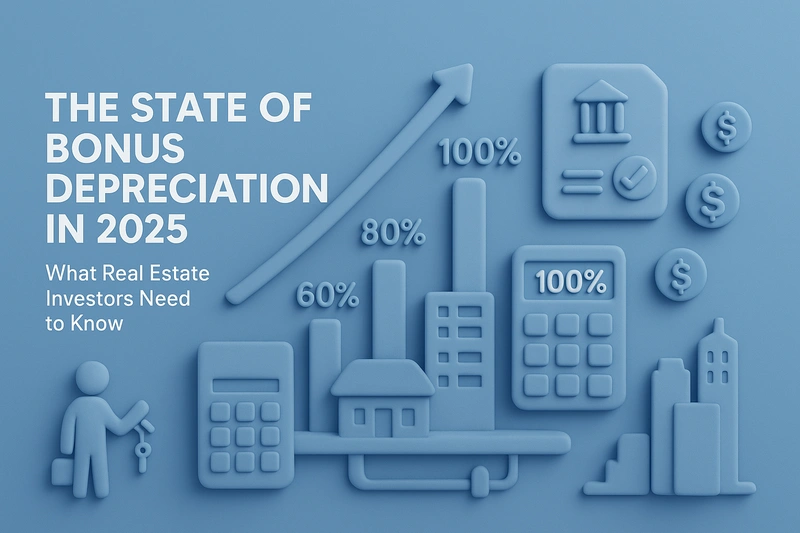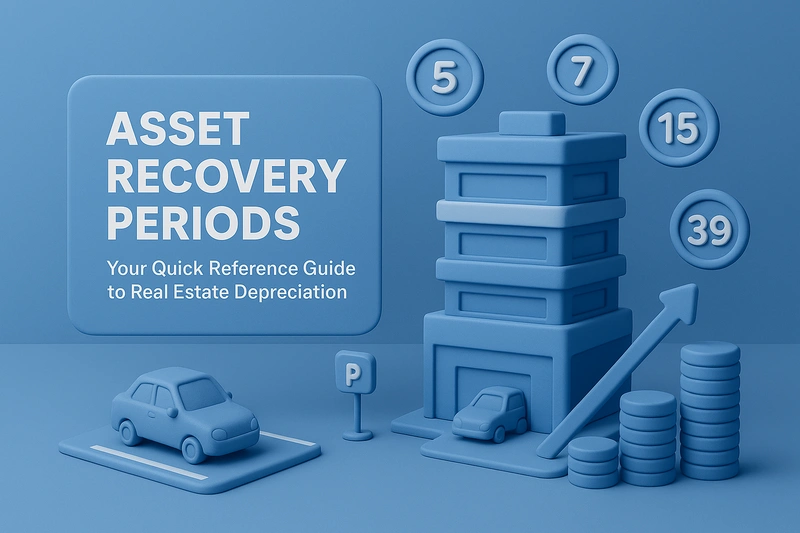Not long ago, I sat with the CFO of a mid-sized regional bank who was frustrated by the steady erosion of net profits despite strong loan growth. Their portfolio looked healthy, but operational costs were eating away at returns.
When I asked if they had ever considered cost segregation for their branches and administrative offices, the answer was a flat “no.” They had assumed cost segregation was only useful for commercial landlords or manufacturers.
When we conducted a study on their headquarters and three retail branches, the results were eye-opening. Drive-thru canopies and pneumatic systems were reclassified into 15-year property. Teller counters, interior partitions, and custom lighting were moved into a 7-year property. Security systems and vault-related equipment qualified for accelerated schedules as well.
In the first year alone, the bank unlocked more than $800,000 in additional depreciation deductions, directly improving liquidity and offsetting tax liabilities. It was a turning point, and a reminder of how often financial institutions overlook one of the most powerful tax tools at their disposal.
Unearthing Hidden Accelerations in Banking Property Assets
One of the overlooked realities in the financial sector is that banking properties are disproportionately weighted toward specialized improvements rather than general-use construction.
Unlike a standard office building, where the majority of value sits in walls and roofing, banks embed capital into highly technical features. Drive-thru structures, reinforced flooring for vaults, pneumatic tube systems, IT hubs, and security networks often represent millions in capitalized costs.
A well-executed cost segregation study doesn’t just reclassify these items; it uncovers how each interacts with evolving tax law. For example, qualified improvement property (QIP) rules can apply to interior renovations, while bonus depreciation can accelerate deductions on assets like ATMs or data servers placed in service during upgrades.
For banks operating under Basel III capital requirements, accelerating depreciation on these assets can free up cash flow that directly supports lending capacity without raising additional equity.
Why Accelerated Deductions Matter More for Financial Institutions
What makes cost segregation especially valuable for banks? Credit unions aren’t just the presence of specialized property; it’s how the resulting tax savings feed directly into their operating model.
Unlike most businesses, financial institutions translate retained earnings into greater lending capacity. Every dollar conserved through accelerated depreciation strengthens Tier 1 capital ratios and supports compliance with Basel III requirements.
At the same time, credit unions (often working under tighter margins than large banks) can use the freed-up cash flow to invest in digital transformation, member services, or branch modernization. In both cases, cost segregation turns a passive tax deferral tool into an active enabler of growth, regulatory strength, and competitive positioning.
High-Impact Cost Segregation Assets in Banking Facilities
Not every feature of a banking property yields the same level of tax benefit. The largest opportunities often come from high-cost, non-structural components that are both essential to operations and eligible for shorter depreciation lives:
Vaults and Safes
These are among the most capital-intensive elements in a branch, yet their reinforced construction typically qualifies as tangible personal property. Reclassifying vault structures and security equipment into shorter recovery periods can shift millions in deductions forward, an immediate win for banks balancing compliance costs.
Drive-Thru Facilities
Canopies, pneumatic tube systems, and dedicated service lanes fall outside the core building classification. For community banks and credit unions where drive-thru banking is still a customer staple, these assets often represent six-figure opportunities in accelerated depreciation.
Technology and Security Infrastructure
Data servers, surveillance systems, access controls, and wiring networks are constantly upgraded to meet evolving cyber and physical security demands. Because these assets frequently qualify for five- or seven-year schedules, institutions can accelerate deductions almost every time they modernize.
Interior Finishes and Customer Experience Areas
Custom teller counters, glass partitions, and branded lighting schemes are far more than cosmetic; they’re significant capital costs that often qualify for shorter depreciation. Over a branch network, reclassifying these finishes adds up to a powerful recurring benefit.
When analyzed in aggregate, these categories highlight why banks and credit unions are such strong candidates for cost segregation. They consistently invest in specialized, non-structural improvements that generate meaningful, repeatable tax savings.
Cost Segregation Compliance and Documentation in Banking
Cost segregation is only valuable to banks and credit unions if it stands up to scrutiny. Unlike other industries, financial institutions operate under intense oversight from both the IRS and banking regulators, which means every tax strategy must be airtight. That’s why compliance and defensibility aren’t secondary; they’re the core of a successful cost segregation study.
The IRS has published clear audit techniques for cost segregation, and engineering-based studies are considered the gold standard. By tying every reclassified asset back to construction documents, invoices, and site inspections, a defensible study creates an evidentiary trail that holds up under IRS review.
More importantly for banks, this same documentation strengthens confidence with external auditors and regulators who monitor capital adequacy and risk management.
In practice, that means accelerated depreciation doesn’t weaken a bank’s compliance profile; it supports it. When studies are done properly, the outcome is a cleaner, more transparent tax position that aligns with the conservative posture most financial institutions must maintain.
Turning Tax Strategy Into Financial Strength
In an industry where margins are narrow and regulatory oversight is high, every lever of efficiency matters.
Cost segregation for banks and credit unions is more than a technical accounting maneuver; it’s a strategic tool that unlocks liquidity, strengthens capital positions, and creates flexibility for growth. For decision-makers in banking, the choice is no longer whether cost segregation applies, but how quickly it can be implemented across their property portfolio.
For institutions ready to explore this strategy, partnering with an experienced provider is critical. Firms like R.E. Cost Seg specialize in identifying and documenting every eligible asset class, ensuring compliance while maximizing tax benefits. For banks and credit unions, the right study can transform real estate from a static expense into an active contributor to financial strength.






